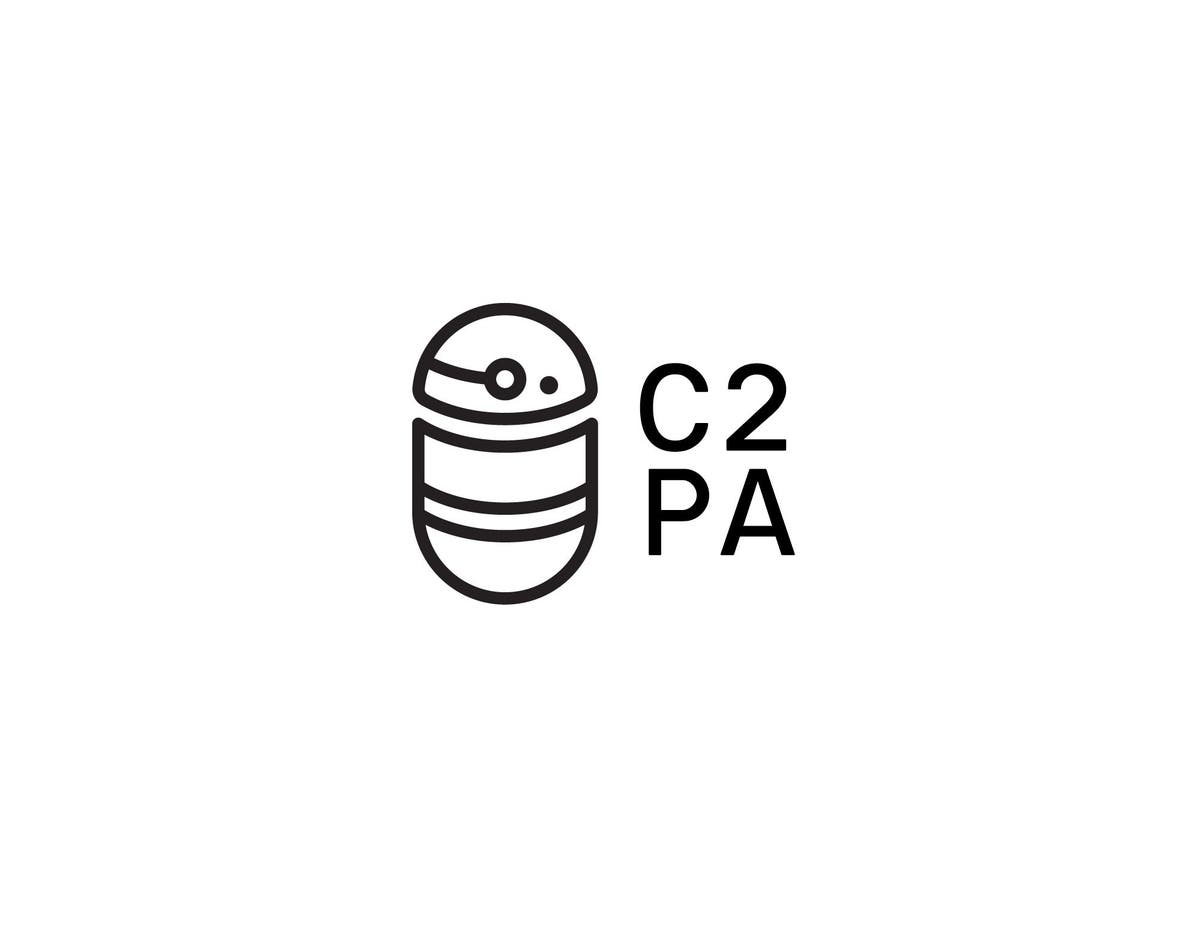Announcing the C2PA Draft Specification

This article was initially posted on the Content Authenticity Initiative blog.
When we announced the Content Authenticity Initiative (CAI) at Adobe MAX two years ago, we knew the undertaking would focus on three critical pillars: real-world implementation of digital provenance, education and advocacy, and the development of an open standard. This last piece, the bedrock for the entire concept, would have to be conducted transparently in public, with broad contributions and scrutiny from diverse stakeholders.
Today I am proud to announce the publication of the C2PA draft specification, made available for public feedback. This marks another milestone on the journey toward ubiquity of digital provenance across devices, software, and the entire creator and publishing ecosystems. The solution described in the specification will play a key role in combating misinformation and disinformation. It will give consumers the transparency needed to make trust decisions about the content we experience. It will give creators proper attribution for their work. And it will help create a future of responsible use of synthetic media.
The C2PA is an independent organization created under the Joint Development Foundation to create specifications that set the standard for digital content provenance. The C2PA technical working group, with contributors from steering committee members Adobe, Arm, BBC, Intel, Microsoft, Truepic, and Twitter, along with many others, has achieved this milestone through the hard work of dozens of individuals focused on architecture, threat modeling, user experience, with deep understanding of the potential for misuse. The document has been developed with privacy, safety, security, and accessibility in mind. I encourage everyone to read the guiding principles before diving into the document for more detail.
This announcement celebrates the work of the Coalition, which developed this draft in just eight months, one year following the release of the foundational CAI white paper in 2020. While it is a remarkable achievement, we know much work remains to be done. With broad community participation in spec review, the technical design and underlying trust model will be stronger, easier to implement, and most importantly, adopted by organizations and individuals globally.
The CAI continues to grow and foster community efforts to create a future of verifiable content provenance. We have seen our cross-industry membership program grow to a group of hundreds, with quarterly events fostering discussion and critical discourse on topics spanning disinformation, deepfakes, photojournalism, and synthetic media. And again, underlying all of this is the open, free technology described in the C2PA specification. Atop this foundation, the CAI will continue to grow and accelerate, connecting members, creating open source resources and building products to move quickly from theory to practice.
Now, the specifics. You can view the specification here or on GitHub and provide feedback here (anonymously or attributed) or via GitHub issues. Any and all feedback is encouraged! Read more from the Coalition here. We’ll soon send out an invite to CAI members for a special panel event in September focused on deconstructing the specification, ensuring the ideas are accessible to the broad CAI audience. Access this free event when you join the CAI. You’ll also get access to our occasional newsletter which will alert you to news and developments in our work on both the C2PA standard and the global advocacy and prototyping efforts.
We encourage CAI members to take a look at the draft specification, and to join us at our upcoming event to discuss the work and help shape its future. A far-reaching, important specification such as this can only achieve success with the widest possible participation. Look for more from the growing CAI community, from which additional implementations will emerge in the coming months. As always, reach out to us to collaborate.
Source : Adobe








